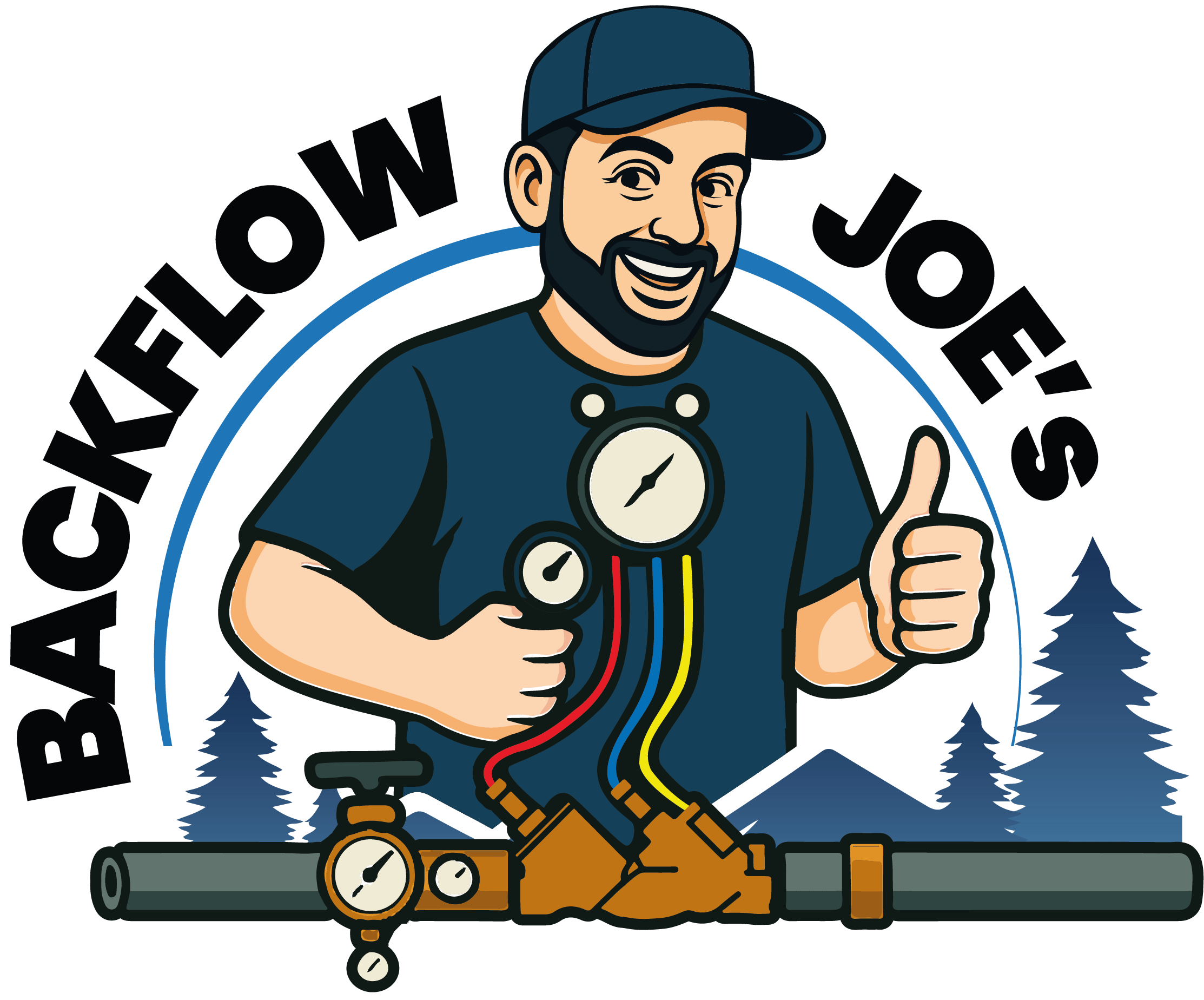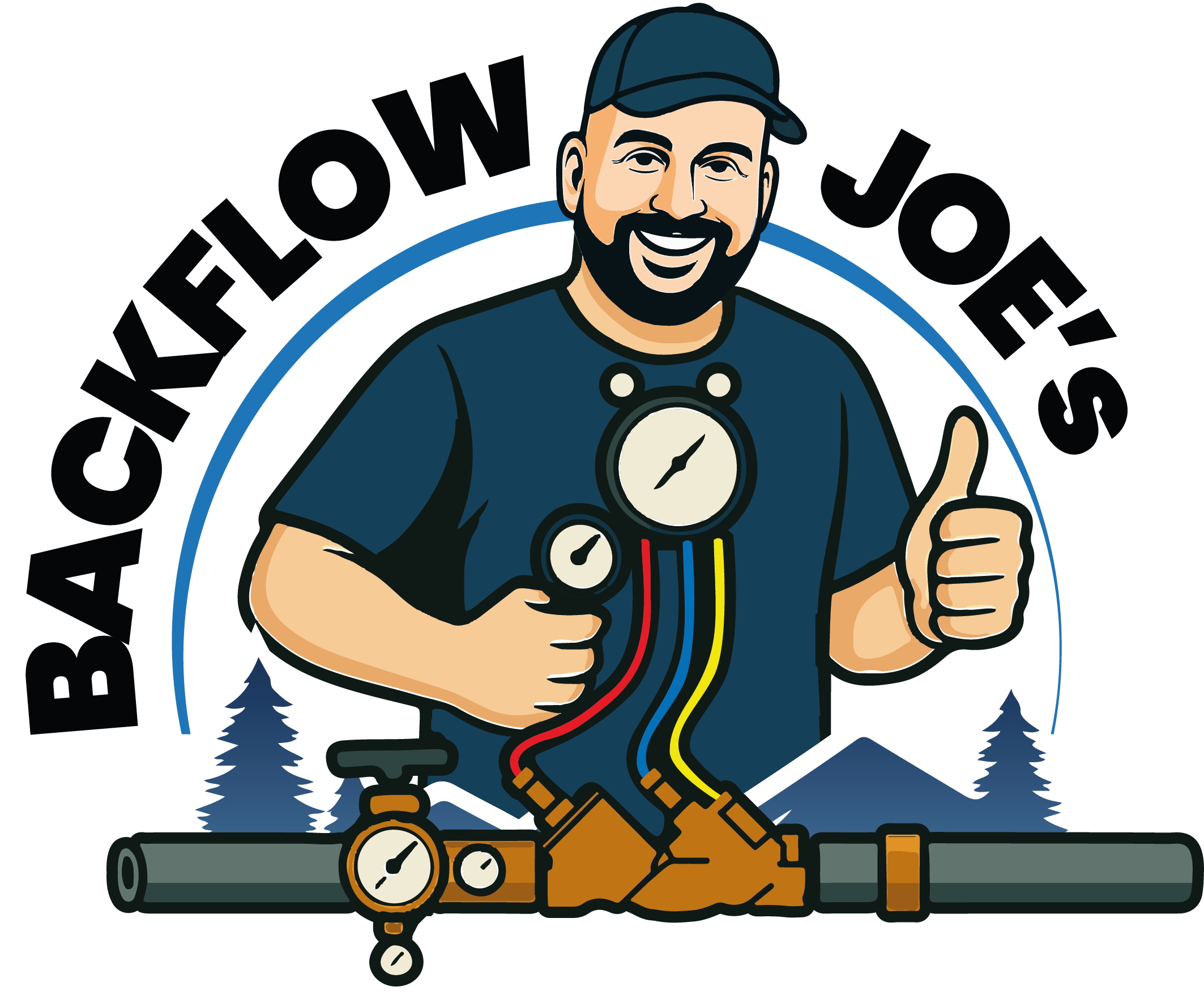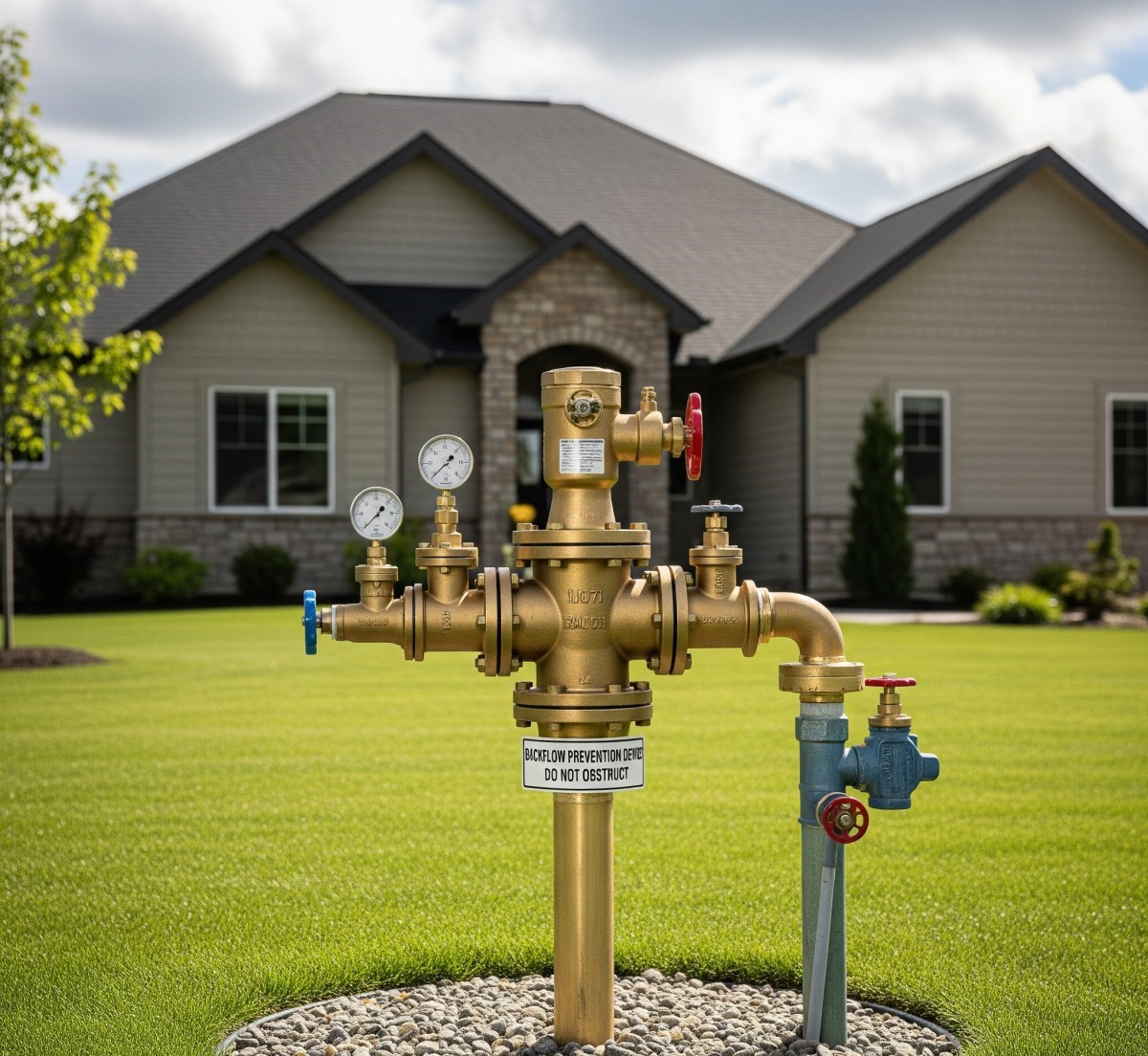Backflow occurs when water moves in the opposite direction. Dirty water from irrigation systems, industrial chemicals, or sewage flow back into your pure drinking water supply.
To keep it from happening, NYC mandates that some buildings have a backflow prevention device installed. This requires annual testing by a certified professional.
We’ll walk you through everything you need to know to choose the correct backflow preventer for your property, with industry advice from Backflow Joe’s.
What Is a Backflow Preventer?
A backflow preventer is a plumbing device that keeps contaminated water from flowing backward and into your potable water system. Backflow preventers are installed on water pipes and act as a one-way door—water can flow in but never out.
They’re not optional in most locations, especially for homes that have irrigation systems, pools, or business properties that work with chemicals. In fact, most New York cities and towns—and most places in the country—require annual certified testing of backflow prevention devices.
Why the Right Device Matters
Installing the improper type of backflow preventer is like securing your front door but leaving the back door open. It appears good, but it will not protect you where you must be protected.
The wrong device can result in:
- Failed backflow inspections
- Water contamination
- Fines or code violations
- Increased liability for property owners
That’s where Backflow Joe’s comes in. Our technicians don’t just install equipment, they evaluate your property’s layout, water usage, and risk level to make the best match.
Types of Backflow Preventers
Here are the main types of backflow prevention devices and where they work best:
-
Atmospheric Vacuum Breaker (AVB)
Best for: Simple irrigation systems
Not for: Continuous pressure systems
This device has an air inlet valve that opens when pressure drops, preventing back-siphonage. It must be installed at least 6 inches above the highest downstream outlet. It’s inexpensive but limited in application.
Backflow Joe’s Tip: Only use AVBs for isolated garden zones—never for complex systems.
-
Pressure Vacuum Breaker (PVB)
Best for: Lawn irrigation systems
Backflow type protected: Back-siphonage only
PVBs are like AVBs but can handle continuous pressure. They must still be installed above ground and higher than any outlet it protects.
Joe’s Insight: These are popular with homeowners, but they don’t protect against backpressure—only siphonage. Know the difference.
-
Double Check Valve Assembly (DCVA)
Best for: Low to moderate hazard systems like fire sprinklers or commercial water lines
Backflow type protected: Backpressure and back-siphonage
DCVAs use two independent check valves for added protection. They can be installed below ground in a vault, making them more flexible.
Backflow Joe’s Experience: These are workhorses. Reliable, affordable, and meet most city codes for low-hazard situations.
-
Reduced Pressure Zone Device (RPZ)
Best for: High hazard applications
Backflow type protected: Backpressure and back-siphonage
This is the gold standard for safety. It has two check valves and a pressure-monitored relief valve between them. If either valve fails, the relief valve opens to discharge water and prevent contamination.
Joe Recommends RPZs for:
- Restaurants
- Medical facilities
- Properties with chemical use
- Multi-unit commercial buildings
- Anywhere, health risks are high
Note: RPZs must be installed above ground and in a drainage area, as they discharge water during failure or testing.
How to Choose the Right One
-
Know Your Property’s Hazard Level
The first step is understanding the type of hazard your water system might introduce.
- Low hazard: No toxic substances present. Example: Residential sprinkler system.
- Moderate hazard: Possibility of contaminants. Example: Fire system with antifreeze.
- High hazard: Known toxic materials or chemicals. Example: Medical labs or car washes.
Backflow Joe’s always begins with a hazard assessment—and we handle the paperwork required for local compliance too.
-
Evaluate Your Plumbing System
- Is there irrigation involved?
- Are chemicals used onsite?
- Is water pressure constant or variable?
- Is your system above or below ground?
These details help us determine what kind of device works and where it can be installed.
-
Consider Code Requirements
Every municipality in New York has its own backflow prevention code. Using the wrong device, or installing it incorrectly, can lead to failed inspections or fines.
That’s why all our installations at Backflow Joe’s come certified, documented, and tested. We work directly with your city’s water department to ensure everything is up to code.
Professional Installation vs DIY
Backflow prevention isn’t a DIY-friendly job. Installing the wrong device—or even the right one, but at the wrong height or orientation—renders it useless.
Why choose a certified installer like Backflow Joe’s?
- We’re state licensed and certified
- We provide annual testing and reporting
- We ensure code compliance
- We handle installation, inspection, and repairs
We don’t guess—we test.
Maintenance and Annual Testing
Even the best backflow preventer needs regular maintenance. Most cities require annual certified testing, especially for RPZs and DCVAs.
Backflow Joe’s provides:
- Automated reminders for annual testing
- On-site certified test results
- Maintenance and repair if your device fail
- Coordination with water authorities for inspection records
We’ll never leave you guessing about your compliance status.
Final Thoughts
Choosing the right backflow preventer is about more than plumbing, it’s about protecting your health, your property, and your water supply.
If you’re not sure what device your property needs—or when your system was last tested—give us a call. We’re here to keep your water safe, clean, and code compliant.
FAQs
Q: What’s the difference between backpressure and back-siphonage?
A: Backpressure occurs when downstream pressure is higher than the supply line. Back-siphonage happens when supply pressure drops, sucking water backward.
Q: Can I install a backflow preventer myself?
A: Not recommended. Most jurisdictions require certified installers and testers for backflow prevention devices.
Q: How often should backflow preventers be tested?
A: Annually, or more often for high-risk systems. New York municipalities require annual testing by certified professionals.






